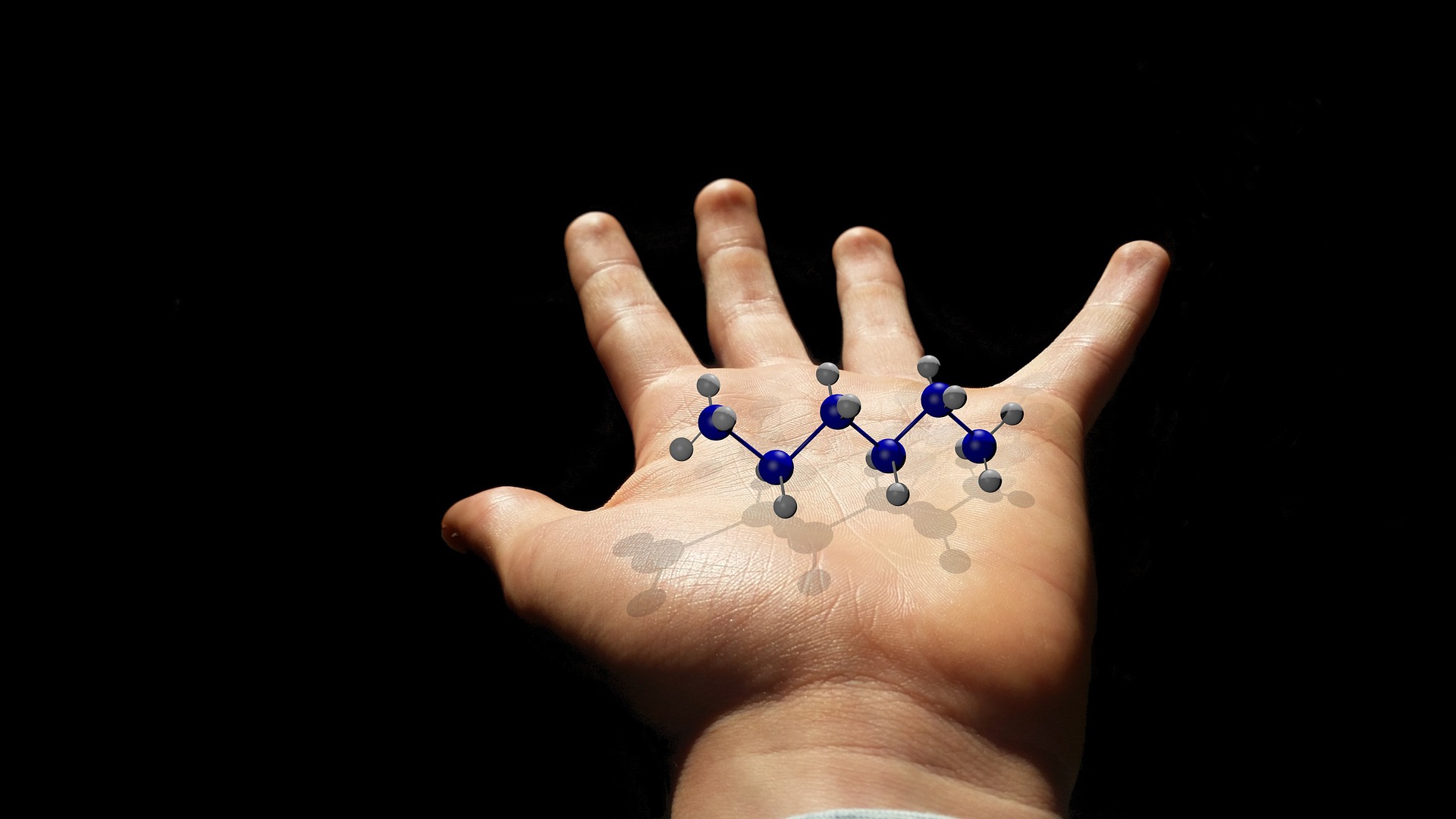
APT – Attached Proton Test
DRS – Diffuse Reflectance Spectroscopy
ENDOR – Electron Nuclear Double Resonance
BIRD – Bilinear Rotation Decoupling
TOCSY – Total Correlation Spectroscopy
RPT – Reverse Polarization Transfer
WNNLSA – White Noise Non Linear System Analysis
TANGO – Testing for Adjacent Nuclei with a Gyration Operator
SFM – Scanning Force Microscopy
ECM – Exciton Chirality Method
FCS – Fluorescence Correlation Spectroscopy
CSA – Chemical Shift Anisotropy
AAS – Atomic Absorption Spectroscopy
QED – Quantum Electrodynamics
VASS – Variable Angle Sample Spinning
MMT – Multisite Magnetization Transfer
ISC – Inverse Shift Correlation
FIR – Far Infrared
ECSA – Electron Spectroscopy for Chemical Analysis
HOMCOR – Homonuclear Correlation
UV – Ultraviolet
NMRD – Nuclear Magnetic Relaxation Dispersion
LD – Linear Dichroism
HSQC – Heteronuclear Single quantum Coherence
HMQC – Heteronuclear Multiple Quantum Coherence
HMBC – Heteronuclear Multiple Bond Coherence
PCCE – Proton Coupling Constant Extraction
IETS – Inelastic Tunneling Spectroscopy
CD – Circular Dichroism
ORD – Optical Rotatory Dispersion
MEM – Maximum Entropy Method
LPSVD – Linear Predictive Singular Value Decomposition
EPR – Electron Paramagnetic Resonance
GHPD – Gated High Power Decoupling
NMR – Nuclear Magnetic Resonance
DOS – Density of States
STM – Scanning Tunnel Microscope
ARMA – Autoregressive Moving Average
INDOR – Internuclear Double Resonance
ROESY – Rotating Frame Overhauser Enhancement Spectroscopy
MORD – Magneto-Optical Rotatory Dispersion
EMR – Electromagnetic Radiation
MAF – Magic Angle Flipping
CIDNP – Chemically Induced Dynamic Nuclear Polarization
CIDEP Chemically Induced Dynamic Electron Polarization
NOE – Nuclear Overhauser Effect
ODPAS – Optically Detected Photoacoustic Spectroscopy
STS – Scanning Tunneling Spectroscopy
MAS – Magic Angle Spinning
CRAMPS – Combined Rotation and Multiple Pulse Spectroscopy

